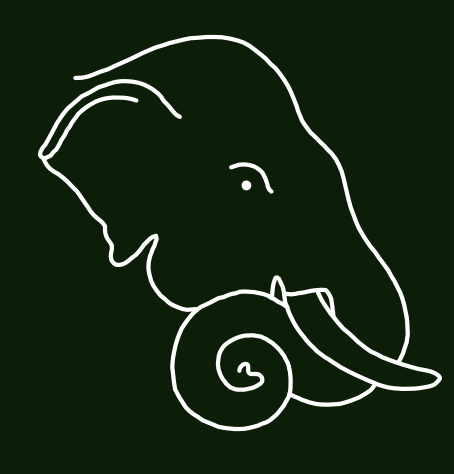


THE ASIAN ELEPHANT
A Brief History of the Andaman Elephants
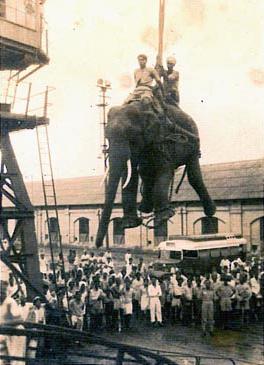
Essay, November 2016, by Prajna Chowta
Abstract: Although Asian elephants (Elephas maximus) have been brought to the Andaman Islands since the second half of 19th century for the purpose of timber extraction in which they played a crucial role, no historical study was ever conducted on the origin of these animals, the number of specimens involved, the trade and industry they were involved in, their adaptation to a different habitat, the origin of the mahouts, their working methods and the conditions under which both mahouts and elephants worked and lived.
The present essay explores this iconic chapter in the history of the species based on a field investigation in the major elephant camps and timber extraction sites in the islands as well as a study of the archives kept by the Forest Department, the Government Secretariat and the Cellular Jail library in Port Blair. It also questions the absence of wild elephants in the archipelago in early history, unlike Sumatra and Borneo, and discusses the Government policies regarding the management of captive elephants in India and the feral elephants of Interview Island and Diglipur. (Word count : 20,233)
To get a copy of the full essay, write to : contact@aanemane.org
The Old Elephant Route

Report abstract, by Prajna Chowta
The Old Elephant Route project was designed and conducted to study the past and present migration of wild elephants on the border area between Burma and north-eastern India as well as the viability of this corridor as a migratory route in a region which is located at the geographic heart of the elephant habitat in Asia.
For millions of years, and until the beginning of human civilisation, elephants were able to move freely in an uninterrupted territory that covered the whole of South Asia, from the mouth of the Indus river (today in Pakistan), to the whole of India and South East Asia and the south of China. >>more
Comparative DNA analysis of the Asian elephant populations
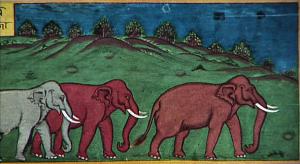
by Régis Debruyne, Ph.D, Muséum National d'Histoire Naturelle, Paris
Though lying at the interface of many thematics of research (of which ecology, ethology, conservation biology and evolution can be cited), Asian elephants and their history remain mysterious. The first genetic analyses of their DNA sequences are recent (Fernando et al. 2000; Hartl et al. 1996) and left many questions unsolved. It is still unclear if the partitioning of populations due to forest fragmentation since the past centuries had notable effects on the genetic richness and diversity of the species. In certain parts of their historical range, elephant populations have dramatically declined in numbers, and it has now become an urgent matter to evaluate the impact of the action of Man. >>more
Weaning and training: two distinct processes
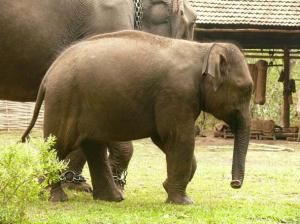
by Prajna Chowta
Traditionnally, captive elephant calves are separated from their mothers and weaned at the age of 2 or earlier (sometimes at 6 months !) so that the mother can be put back to work and the calf can be trained and controlled. It is much too early, sometimes fatal for the calf, with deficiencies of the immune system and traumatic consequences for both the calf and its mother. The mother's milk is essential for the growth and the development of the immune system, and suckling certainly has a role in the psychological balance of the animal. In natural conditions, calves suckle up to the age of 6. Experimentations undertaken at Aane Mane's camp with free-ranging elephants in their natural habitat show that there are other ways to handle and vaccinate a calf of 2 or more without having to wean it. >>more
Patrick Donald Stracey (1906-1977) Author of 'Elephant Gold'
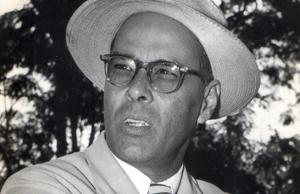
A tribute by his youngest brother, Eric Stracey
My brother Patrick should have been named Peter, for he was a rock in every sense of the word. He was the second of eleven children, two years younger than my sister Doreen and was born on 30 January 1906 in the East Coast town of Cocanada (now Kakinada), then in the Madras Presidency where my father was a forest officer. He was fourteen when I, the last of our large family of eleven children arrived in 1920, so he was already a young man when I first began to take note of him. My earliest impression was of a sturdy figure of medium height, a swarthy complexion, and a serious face made even more stern by the moustache he cultivated while still at school. >>more
The Elephant Nation
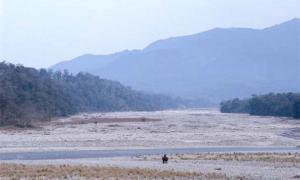
by Prajna Chowta
in "Nouvelles de l'Inde" cultural magazine of the Embassy of India, Paris, 2003
It is impossible to imagine India without elephants, as long as this fascinating animal species captivates peoples' imagination. Nevertheless, the artificial presence of elephants in prominent tourist locales like, Rajasthan's Jaipur, Kerala's Guruvayur, yet another of Bihar's shrouded jewels, Sonepur mela, mask the precarious situation of this endangered species in general. In fact, recent research indicates that there are all in all 50,000 elephants in entire Asia and specialists doubt if the species will survive the coming centuries. >>more
© Copyright 2008-2025 Aane Mane Foundation.
All rights reserved. Web design by Lor.